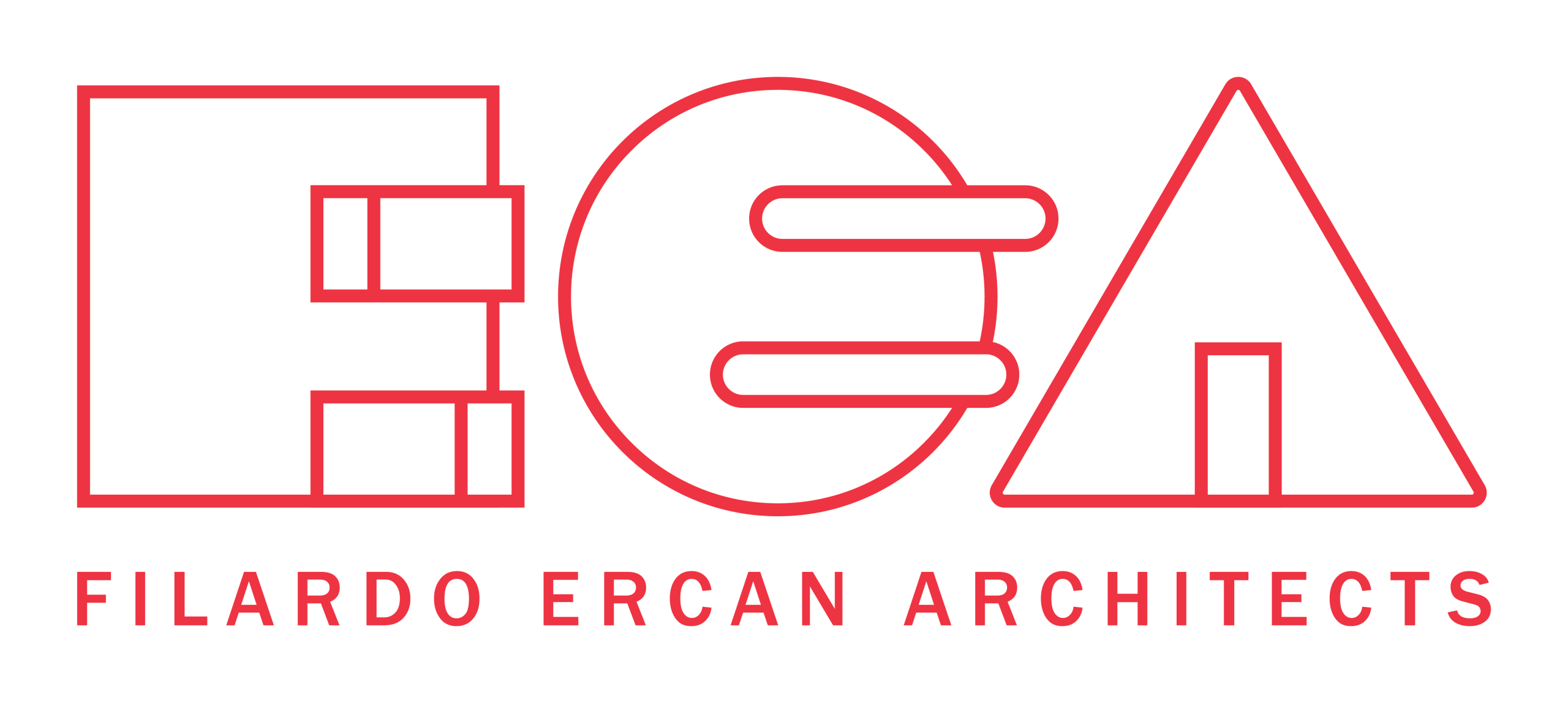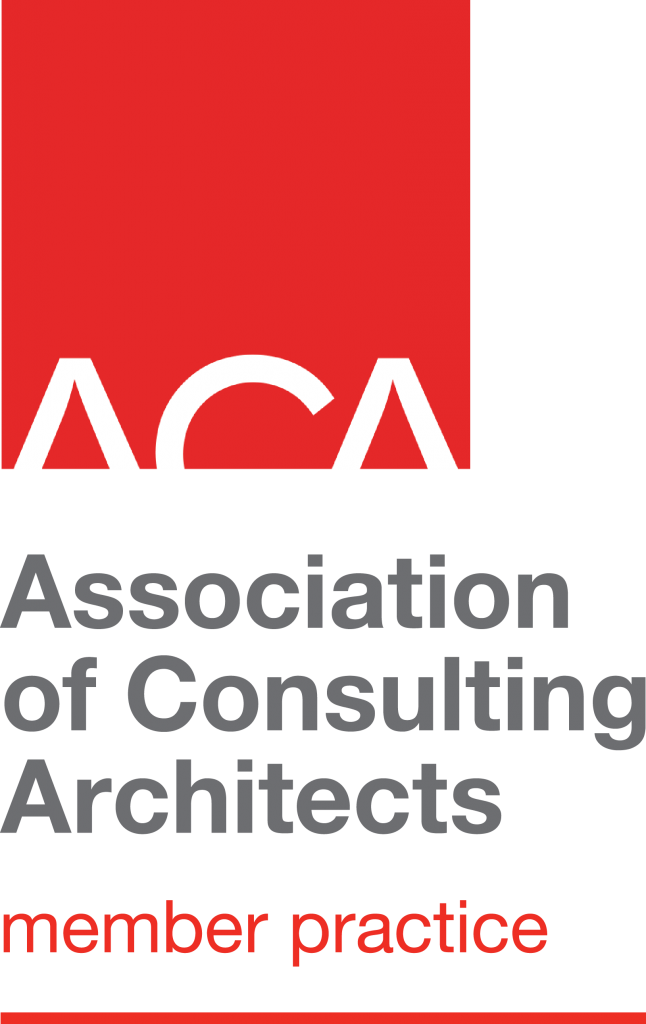Look, I’ve been around the block a few times when it comes to working with architects. And let me tell you – most people have no clue what residential architects actually do beyond drawing up pretty pictures of your dream home.
So here’s the real deal.
First off, a good residential architect (like the team at Filardo Ercan here in Canberra) starts way before any drawing happens. They’ll sit down with you – really sit down – and figure out how you actually live. Not how you think you live or how you want people to think you live. But the real stuff. Do you dump your keys by the door? Kids leave bags everywhere? Love cooking but hate cleaning? All that matters.
Then comes the feasibility part. Which is basically architect-speak for “can we actually do what you want with the land you’ve got and the money you’re willing to spend?” This is where they look at your block, check out all those boring council rules, and work out if your dreams match reality. Sometimes they don’t. But that’s when a clever architect earns their keep – finding ways to get you 90% of what you want within the rules.
Now here’s where it gets interesting…
Site analysis sounds boring but it’s actually crucial. They’ll check where the sun hits, where the wind comes from, what your neighbours can see. I remember one project where the architect figured out that by shifting the house just 3 meters, the owners could get winter sun in their living room AND block the view from the ugly apartment building next door. That’s the kind of thing you don’t think about but makes all the difference.
The design phase is what everyone thinks of – the drawings, the 3D models, picking finishes. But it’s so much more than making things look good. It’s about flow. How you move through the space. Where the light falls at different times of day. Making sure your bathroom window doesn’t look straight into your neighbour’s kitchen (yes, I’ve seen it happen).
And sustainability? It’s not just solar panels anymore. These guys think about everything – which way your windows face, how to catch breezes so you don’t need as much air con, what materials will last longest. Even stuff like where to put your bins so they’re handy but not an eyesore.
Then there’s the whole approval maze…
Look, I won’t lie – council approvals are a pain. But this is where having a local architect who knows the Canberra planning rules inside out really pays off. They know what the council wants to see, which neighbors might complain, what heritage overlays apply. They handle all that paperwork that would make your eyes bleed.
During construction, your architect becomes like a translator between you and your builder. When the builder says “we can’t do that wall like the plans show”, your architect figures out another way. When you suddenly decide you want a window moved (we all do it), they work out if it’s possible and what it’ll cost.
The interior design bit is where some architects stop and others keep going. The good ones – they’re thinking about interiors from day one. Not just what tiles you’ll pick, but how the whole space works together. Where your furniture goes. Where you’ll put your TV. How the kitchen actually functions when you’re cooking dinner for six.
One thing people forget – architects can also help with renovations and extensions. Sometimes you don’t need a whole new house. Maybe just reimagining what you’ve got. Opening up walls, adding a room, making that dark 70s house feel modern and light.
They even handle heritage stuff if you’ve got one of those gorgeous old Canberra homes that comes with a million rules about what you can and can’t change.
The money question always comes up. Yes, architects cost money. But here’s what I’ve learned – they usually save you more than they cost. How? By avoiding expensive mistakes. By knowing which corners you can cut and which you can’t. By designing something that actually works so you’re not renovating again in five years.
Plus they’ve got relationships with builders, engineers, all sorts of people. They know who’s good and who to avoid. That alone can save you thousands and months of headaches.
Bottom line? A residential architect does way more than draw pretty pictures. They’re part therapist (figuring out what you really want), part detective (solving site puzzles), part negotiator (dealing with councils and builders), and part artist (making it all look good).
If you’re thinking about building or renovating in Canberra, it’s worth having a chat with someone like the Filardo Ercan team. Even if you’re just kicking around ideas. Because the best time to talk to an architect isn’t when you’re ready to build – it’s when you’re starting to dream about it.
Trust me on this one. I’ve seen too many people try to go it alone and end up with expensive problems. Get the right help from the start. Your future self will thank you.



